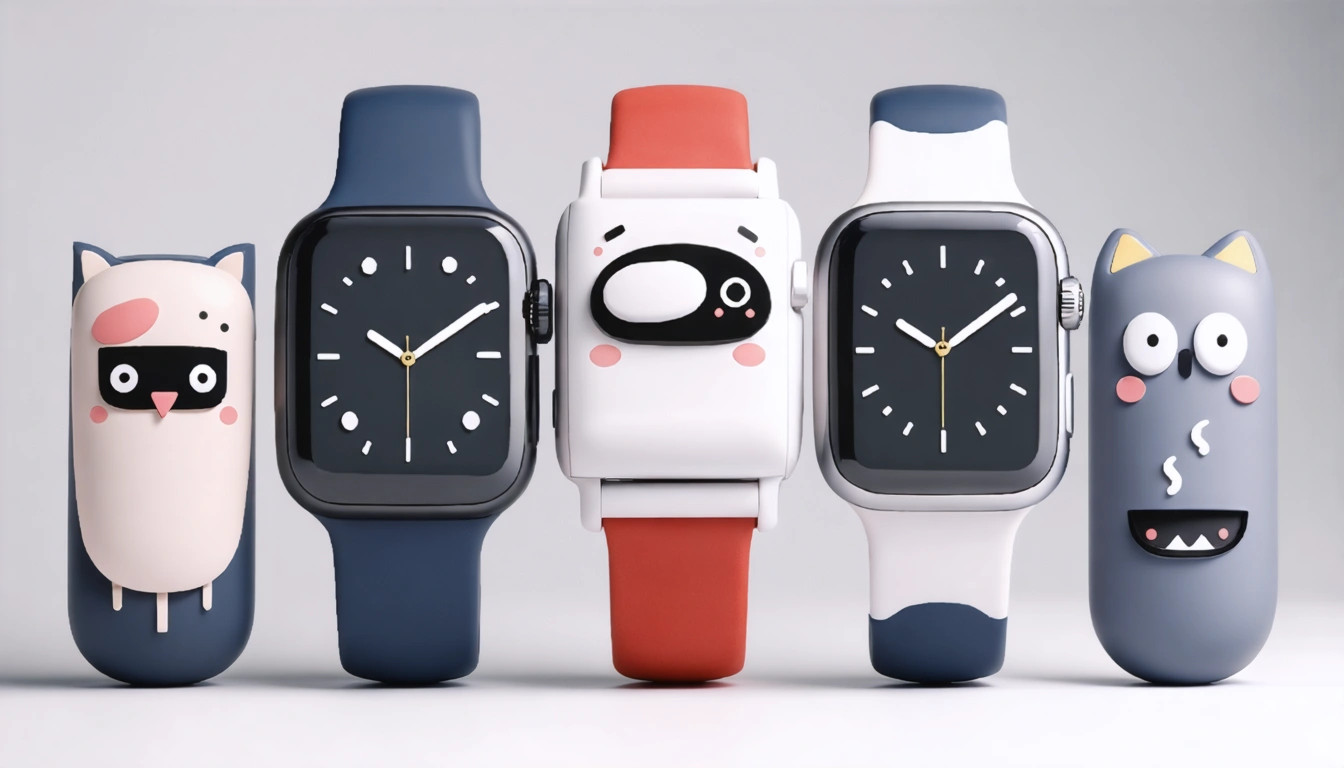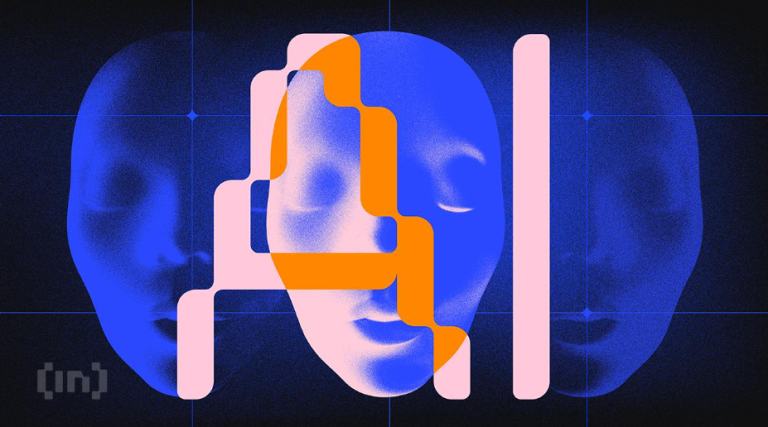
The Future of Wearable Tech: Innovations to Watch in 2025 – Wearable Technology
Wearable technology, or wearables, has come a long way since the first smartwatches and fitness trackers were introduced. Today, wearables are not just limited to tracking our physical activity, but have evolved to include a wide range of features and functionalities that are changing the way we live, work, and interact with each other. In this article, we will explore the future of wearable tech and the innovations that we can expect to see in 2025 and beyond.
Introduction to Wearable Technology

Wearable technology refers to electronic devices that are designed to be worn on the body, either as an accessory or as a part of our clothing. These devices are equipped with sensors, GPS, and other technologies that allow them to track and monitor various aspects of our lives, such as our physical activity, sleep patterns, and vital signs. Wearables can also include smart glasses, smart jewelry, and even exosuits that are designed to enhance our physical abilities.
Current State of Wearable Technology

Today, wearables are more popular than ever, with millions of people around the world using smartwatches, fitness trackers, and other wearable devices. The global wearable technology market is expected to continue to grow in the coming years, driven by advances in technology, decreasing prices, and increasing demand for health and fitness tracking devices. Some of the most popular wearables on the market today include the Apple Watch, Fitbit, and Garmin smartwatches.
Future Innovations in Wearable Technology

So, what can we expect to see in the future of wearable technology? Here are some innovations that are expected to shape the industry in 2025 and beyond:
- Advances in Augmented Reality (AR) and Virtual Reality (VR): We can expect to see more wearables that incorporate AR and VR technologies, such as smart glasses and headsets that allow us to interact with virtual objects and environments.
- Exosuits and Wearable Robotics: Exosuits, such as those developed by companies like Ekso Bionics and ReWalk, are designed to enhance our physical abilities and provide support and assistance to people with disabilities.
- Artificial Intelligence (AI) and Machine Learning (ML): Wearables will become more sophisticated, using AI and ML algorithms to analyze data and provide personalized insights and recommendations.
- Biometric Sensors: Next-generation wearables will include advanced biometric sensors that can track a wide range of health metrics, such as blood pressure, glucose levels, and brain activity.
- 5G Connectivity: With the rollout of 5G networks, wearables will be able to communicate with other devices and the cloud in real-time, enabling new applications and use cases such as remote health monitoring and telemedicine.
Applications of Wearable Technology

Wearables have a wide range of applications across various industries, including:
- Healthcare: Wearables can be used to track patient health, monitor chronic conditions, and provide personalized medicine.
- Fitness and Sports: Wearables can track athletic performance, provide real-time feedback, and enhance training and coaching.
- Gaming and Entertainment: Wearables can be used to create immersive gaming experiences, track player performance, and provide new forms of interactive entertainment.
- Enterprise and Industrial: Wearables can be used to track employee safety, monitor equipment performance, and enhance supply chain management.
Conclusion

In conclusion, the future of wearable technology is exciting and full of possibilities. With advances in technology, decreasing prices, and increasing demand, we can expect to see a wide range of innovations in the coming years. From smartwatches and fitness trackers to exosuits and AR glasses, wearables will continue to change the way we live, work, and interact with each other. Whether you are a consumer, business, or developer, it’s time to start exploring the potential of wearable technology and how it can benefit you.





